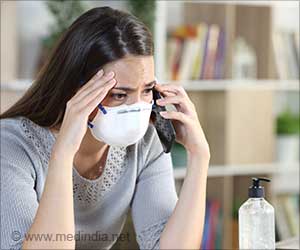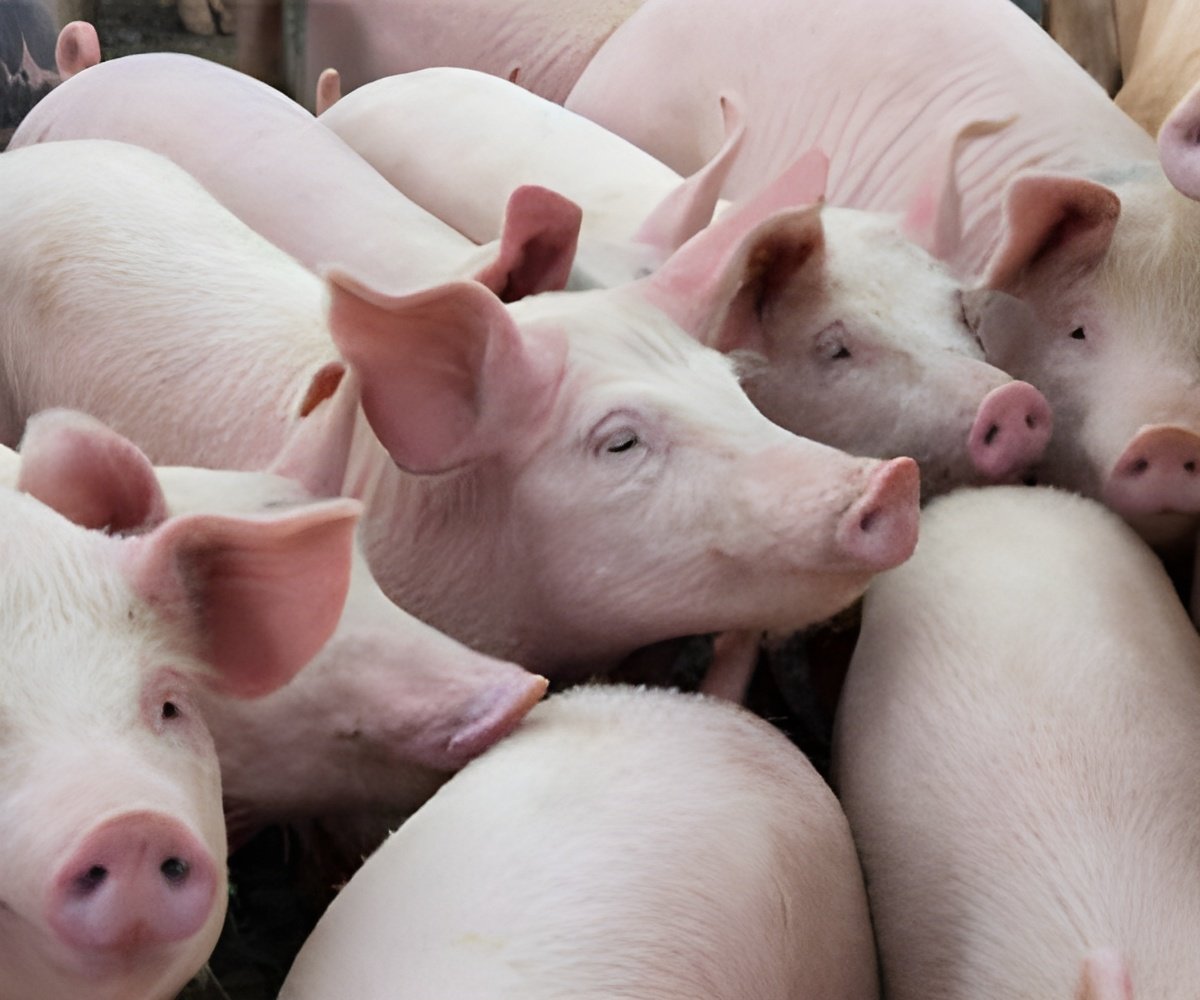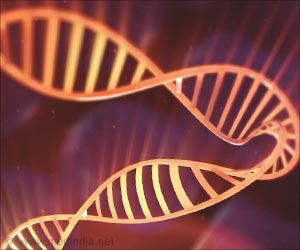The brain organoid model was developed by the Bloomberg School researchers. It consists of balls of cells that are differentiated from human stem cell cultures and mimic the developing human brain.
Chlorpyrifos, a common pesticide alleged to contribute to developmental neurotoxicity and autism risk by reducing CHD8, which is a regulator of gene activity important in brain development.
The study, which appears online in Environmental Health Perspectives, is the first to show in a human model that an environmental risk factor can amplify the effect of genetic risk factor for autism.
“This is a step forward in showing an interplay between genetics and environment and its potential role for autism spectrum disorder,” says study lead Lena Smirnova, PhD, a research associate in the Department of Environmental Health and Engineering at the Bloomberg School.
“The increase in autism diagnoses in recent decades is hard to explain–there couldn’t have been a population-wide genetic change in such a short time, but we also haven’t been able to find an environmental exposure that sufficiently accounts for it,” says Thomas Hartung.
Hartung is also director of the Center for Alternatives to Animal Testing at the Bloomberg School. “To me, the best explanation involves a combination of genetic and environment factors,” says Hartung.
Experiments on environment link to autism with laboratory animals are expensive and, especially for disorders involving the brain and cognition, of limited relevance to humans.
Advances in stem cell methods in the past decades have allowed researchers to use human skin cells that can be transformed first into stem cells and then into almost any cell type and studied in the lab.
A group led by co-author Herbert Lachman, MD, professor at Albert Einstein College of Medicine, engineered the cells that make up the organoids to lack one of the two normal copies of the CHD8 gene.
his modeled a substantial, but less-than-total, weakening of the CHD8 gene’s activity, similar to that seen in people who have CHD8 mutations and autism. The researchers then examined the additional effect of exposure to chlorpyrifos, which is still widely used on agricultural produce in the U.S. and abroad.
“High-dose, short-term experimental exposures do not reflect the real-life situation, but they give us a starting point to identify genetic variants that might make individuals more susceptible to toxicants,” says Smirnova. “Now we can explore how other genes and potentially toxic substances interact.”
Brain organoids with just one copy of the CHD8 gene had only two-thirds the normal level of CHD8 protein in their cells, but that chlorpyrifos exposure drove CHD8 levels much lower, turning a moderate scarcity into a severe one. The exposure demonstrated clearly how an environmental factor can worsen the effect of a genetic one, likely worsening disease progression and symptoms.
Researchers compiled a list of molecules in blood, urine, and brain tissue that prior studies have shown to be different in autism spectrum patients. They found that levels of several of these apparent autism biomarkers were also significantly altered in the organoids by CHD8 deficiency or chlorpyrifos exposure, and moreso by both.
“In this sense, we showed that changes in these organoids reflect changes seen in autism patients,” Smirnova says.
“The use of three-dimensional, human-derived, brain-like models like the one in this study is a good way forward for studying the interplay of genetic and environmental factors in autism and other neurodevelopmental disorders,” Hartung says.
Source: Medindia



